-What is Yoneori Komon?
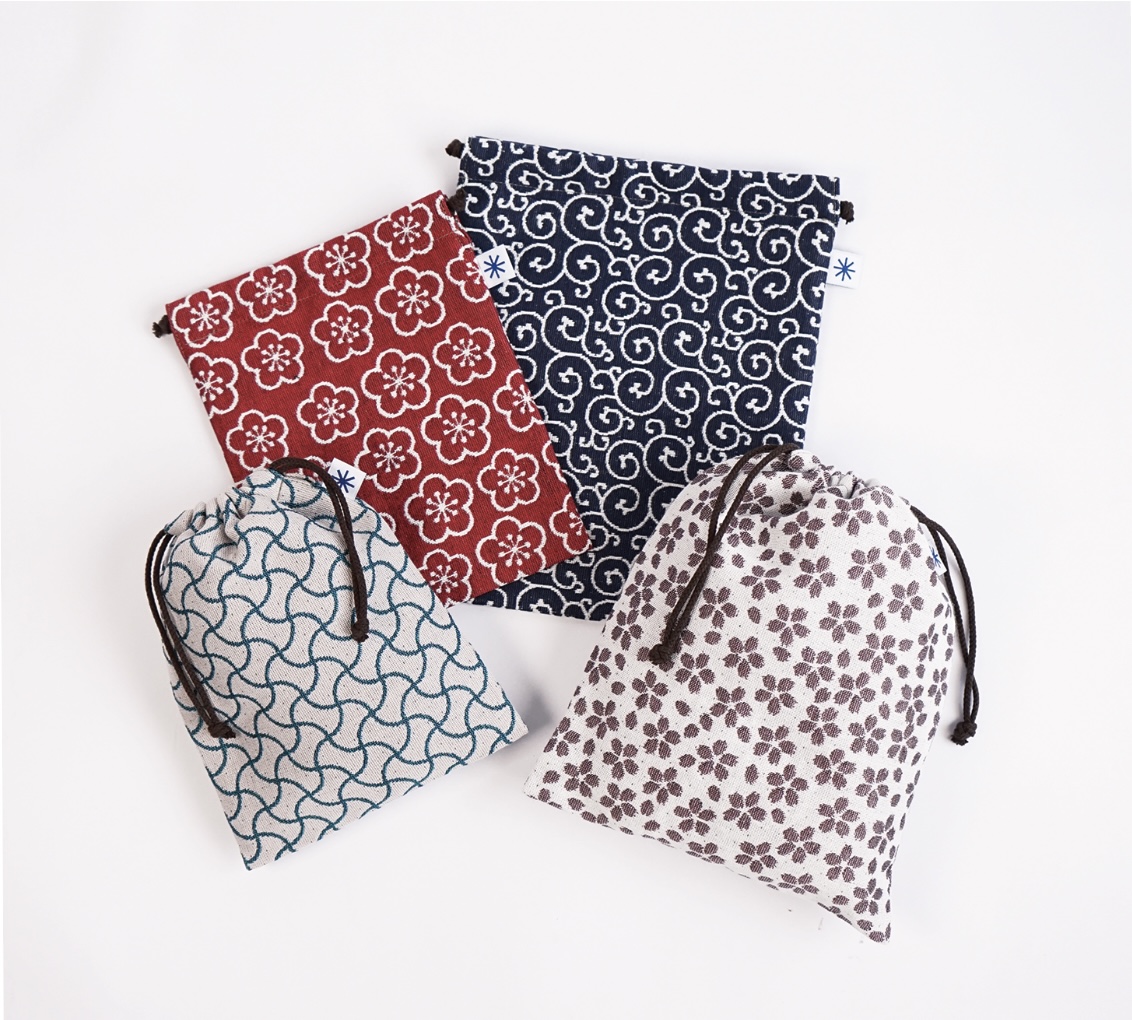
Yoneori Komon combines traditional Japanese Komon patterns and colors to create items that add a touch of Japanese style to modern lifestyles.
It is sturdier than bleached cloth and softer than canvas.
The unique expression of patterns and textures in the woven fabrics evokes a sense of nostalgia, while also feeling fresh and new.
We are committed to creating products that evoke a strong sense of “Japan.”
-Yoneori Komon Fabrics
The fabric used for Yoneori Komon is a patterned textile called “yarn-dyed,” where dyed threads are combined to create the design. The pattern is woven using a machine called a Jacquard loom with a precise double-layer structure called “Futatsuori” (Double Jacquard).
One of the distinctive features of Yoneori Komon is that the “Futatsuori” weaving technique allows the pattern to appear in both negative and positive on the front and back sides, providing enjoyment from both sides. Normally, Komon patterns are created through a process called dye-printing, where designs are printed onto white fabric. However, Yoneori Komon expresses its designs through weaving, offering the unique texture and feel that only woven fabrics can provide.
With practicality in mind, the fabric is made from 100% cotton, making it durable and washable, perfectly suited for daily use while maintaining its comfort and functionality.
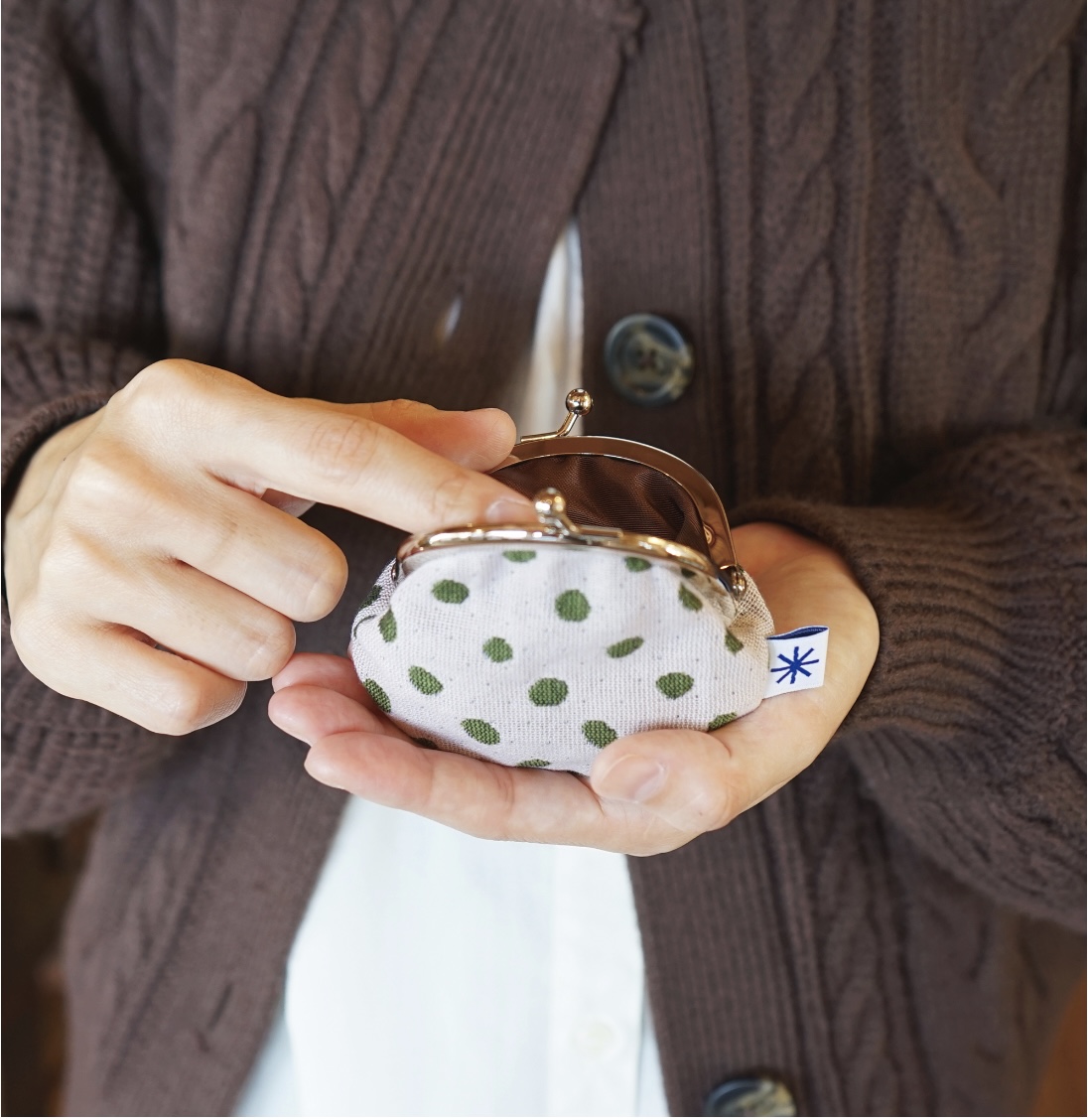
-Yoneori Komon Fabrics

The fabric used for Yoneori Komon is a patterned textile called “yarn-dyed,” where dyed threads are combined to create the design. The pattern is woven using a machine called a Jacquard loom with a precise double-layer structure called “Futatsuori” (Double Jacquard).
One of the distinctive features of Yoneori Komon is that the “Futatsuori” weaving technique allows the pattern to appear in both negative and positive on the front and back sides, providing enjoyment from both sides. Normally, Komon patterns are created through a process called dye-printing, where designs are printed onto white fabric. However, Yoneori Komon expresses its designs through weaving, offering the unique texture and feel that only woven fabrics can provide.
With practicality in mind, the fabric is made from 100% cotton, making it durable and washable, perfectly suited for daily use while maintaining its comfort and functionality.
-The 16 Standard Patterns of Yoneori Komon
The patterns of Yoneori Komon are primarily based on auspicious “Kissho-mon” (symbols of good fortune). Each pattern carries its own meaning and story, and by subtly incorporating them into your daily life, they bring joy and richness to your everyday living.
Although these patterns may seem like traditional Japanese designs, Yoneori Komon offers a unique style that harmonizes tradition with modernity by reversing and resizing the patterns.
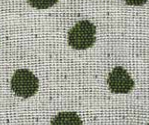
mameshibori
Originally, Mame Shibori refers to a type of tie-dye pattern featuring small, bean-sized dots arranged in rows on either a navy blue background with white dots or a white background with navy blue dots. It is considered a form of Edo Komon that allows lines to be drawn vertically, horizontally, and diagonally, symbolizing “clarity and order.” This auspicious pattern is believed to bring good fortune and success in endeavors.
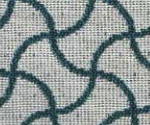
fundou tsunagi
A continuous pattern of wavy curves intersecting diagonally. The squares formed by the lines are named after “Fundo”, the weights used on scales to measure objects. This Komon pattern, symbolizing linked weights, is believed to bring good fortune, especially in terms of financial prosperity, ensuring that one will never be in need of money.
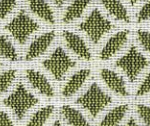
shippou
The Shippo Tsunagi pattern features rings spreading in all directions. In Buddhism, the “Seven Treasures” refer to gold, silver, lapis lazuli, crystal, giant clamshell, agate, and pearl. This pattern signifies that human relationships are as valuable as these treasures, representing the preciousness of connections between people.
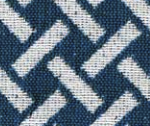
ajiro
Ajiro refers to a pattern created by crossing and weaving thinly shaved pieces of bamboo, reeds, or cypress bark. It symbolizes abundance, representing “a bountiful harvest” and “prosperity in crops.” Additionally, it is believed to ward off evil spirits, serving as a protective charm. This pattern has been used in various aspects of traditional Japanese design since ancient times.
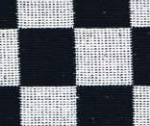
ichimatsu
This pattern, also known as Ishidatami (Stone Pavement), is used in rituals at Ise Jingu Shrine and originates from the concepts of “purification” and “protection from evil.” In the Edo period, it gained popularity when kabuki actor Sanogawa Ichimatsu frequently used it, leading to the name “Ichimatsu Pattern”, which became beloved by stylish Edoites.
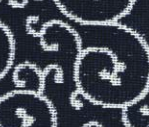
karakusa
This is a continuous wavy pattern representing plant stems or vines. The way the vines endlessly connect symbolizes “continuous relationships” and “prosperity,” making it a popular auspicious pattern believed to bring good fortune in human relationships and connections.
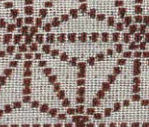
asanoha
Asa (hemp) has been considered sacred since ancient times and has been used in religious rituals. Due to its rapid and strong growth, there was a tradition of using hemp leaf patterns on baby clothes as a wish for children’s healthy and sturdy development.
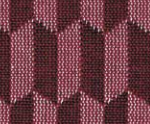
yabane
The feathers of a hawk or eagle attached to the upper part of an arrow are called “Yane”. In the Edo period, kimonos with the Yagasuri (arrow feather) pattern were given during weddings, symbolizing the belief that the bride would not return to her family home (just as a shot arrow does not come back), making it an auspicious pattern for marriage.
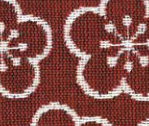
ume
Although originally from China, plum trees were introduced to Japan by the Nara period. The plum tree is also known by the name “Koubai” (the tree that favors learning) and is considered an auspicious symbol for academic success and the fulfillment of great aspirations.
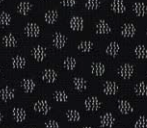
samekomon
The Same Komon pattern, resembling the skin of a shark with its small, fine dots arranged in overlapping arcs, is known as a protective symbol against evil and misfortune. This pattern is so iconic that when people think of Komon, they often think of Same Komon. Depending on the size and expression of the dots, variations include Mitsui Shark, Nitari Shark, Ka-mark Shark, Sa-mark Shark, and Kiwame Shark.
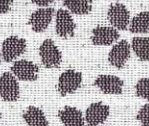
sakura
In Japan, cherry blossoms (sakura) have been loved since ancient times, to the point that during the Heian period, the word “flower” came to specifically refer to sakura. The sakura symbolizes a “good beginning” and, because of the way its flowers bloom all at once, it also represents prosperity and abundance.
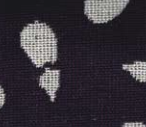
nasu
As reflected in the saying “Ichi Fuji, Ni Taka, San Nasubi” (First Fuji, Second Hawk, Third Eggplant) for a lucky first dream of the year, the eggplant is considered an auspicious symbol, with its name being a play on the word “narinashi”, meaning “to achieve.” It has been cherished since the Edo period as a pattern representing success in life and the fulfillment of great ambitions.
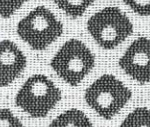
kanoko
Named after the pattern resembling the spots on a fawn’s back, the Kanmuri Shika (deer pattern) is an auspicious symbol, as deer are considered messengers of the gods. Due to the deer’s vitality, this pattern carries the meaning of prosperity and the flourishing of future generations.
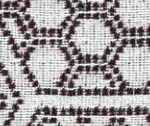
kikkou tsunagi
The Kikkō (Tortoise Shell) Pattern refers to a geometric design made up of regular hexagons, named after its resemblance to the shell of a tortoise. The tortoise is said to live for ten thousand years and is considered a symbol of longevity and good health.
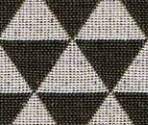
uroko
The Dragon Scale Pattern represents the scales of a dragon and has been passed down since ancient times as a symbol of protection from evil and misfortune. Since new scales grow beneath the old ones, the pattern also symbolizes rebirth and youthfulness.
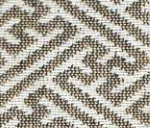
sayagata
The Sayagata Pattern is named after the design often seen on silk fabrics called saya, which were imported from China during the Momoyama period. This pattern carries the meaning of “eternal longevity”, symbolizing wishes for family prosperity and long life.
-What is Yozando?
Yozando is a concept shop directly operated by a traditional weaving company that has been part of the local industry since the Edo period. The shop specializes in Yonezawa-ori items and serves authentic roasted coffee.
At this location, by planning, producing, and selling our products ourselves, we aim to create a space where visitors can encounter items and experiences that are unique to Yonezawa and cannot be found anywhere else.
Our products use fabrics woven at our headquarters’ textile factory, just a few minutes by car from the shop, and we offer a range of original items.
The shop itself is a renovated 100-year-old traditional house, with its interior featuring wood and tools from a textile factory built in the 1950s.
On the premises, we use a Fuji Royal Roaster R110, manufactured in the Showa era, to roast coffee beans in-house in a traditional warehouse.
Our entire team is dedicated to creating a store where visitors, after traveling all the way to this remote mountain village, will be as satisfied as possible with their experience.
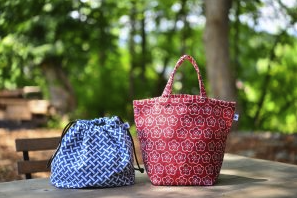
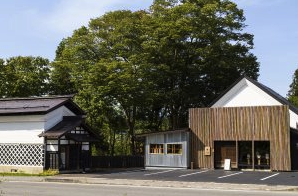
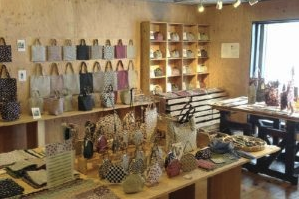
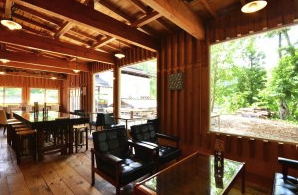
-What is Yozando?
Yozando is a concept shop directly operated by a traditional weaving company that has been part of the local industry since the Edo period. The shop specializes in Yonezawa-ori items and serves authentic roasted coffee.
At this location, by planning, producing, and selling our products ourselves, we aim to create a space where visitors can encounter items and experiences that are unique to Yonezawa and cannot be found anywhere else.
Our products use fabrics woven at our headquarters’ textile factory, just a few minutes by car from the shop, and we offer a range of original items.
The shop itself is a renovated 100-year-old traditional house, with its interior featuring wood and tools from a textile factory built in the 1950s.
On the premises, we use a Fuji Royal Roaster R110, manufactured in the Showa era, to roast coffee beans in-house in a traditional warehouse.
Our entire team is dedicated to creating a store where visitors, after traveling all the way to this remote mountain village, will be as satisfied as possible with their experience.




-Company Information
The original brand of Yozando, “Yoneori Komon”, utilizes the key features of Yonezawa-ori, including “fine count yarn,” “yarn-dyeing,” and “pattern weaving.” It expresses classical Komon patterns and traditional Japanese colors through weaving, creating fabric items that fit into modern lifestyles.
At Yozando, we also offer other original brands unique to a textile manufacturer (Hataya). These products are not only perfect for personal use but also highly recommended as gifts or presents for those who have taken care of you.
| Company Name | Yamakuchi Orimono Yozando Co.,Ltd. |
| Address | 1790-1 Yanazawa, Yonezawa City, Yamagata Prefecture, 992-0077 |
| TEL | 0238-32-2010 |
| FAX | 0238-32-2365 |
| info@yozando.jp | |
| Directly Managed Store | Yozando 1754 Akashiba-cho, Yonezawa City, Yamagata Prefecture, 992-0075 Tel: 0238-33-9467 |
-Company Information
The original brand of Yozando, “Yoneori Komon”, utilizes the key features of Yonezawa-ori, including “fine count yarn,” “yarn-dyeing,” and “pattern weaving.” It expresses classical Komon patterns and traditional Japanese colors through weaving, creating fabric items that fit into modern lifestyles.
At Yozando, we also offer other original brands unique to a textile manufacturer (Hataya). These products are not only perfect for personal use but also highly recommended as gifts or presents for those who have taken care of you.
| Company Name | Yamakuchi Orimono Yozando Co.,Ltd. |
|---|---|
| Address | 1790-1 Yanazawa, Yonezawa City, Yamagata Prefecture, 992-0077 |
| TEL | 0238-32-2010 |
| FAX | 0238-32-2365 |
| info@yozando.jp | |
| Directly Managed Store | Yozando 1754 Akashiba-cho, Yonezawa City, Yamagata Prefecture, 992-0075 Tel: 0238-33-9467 |

